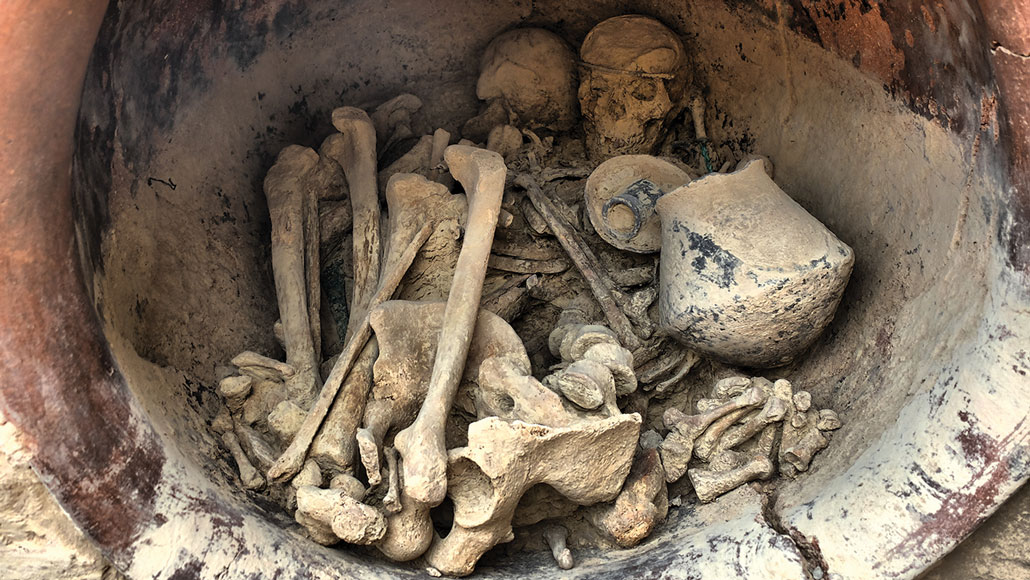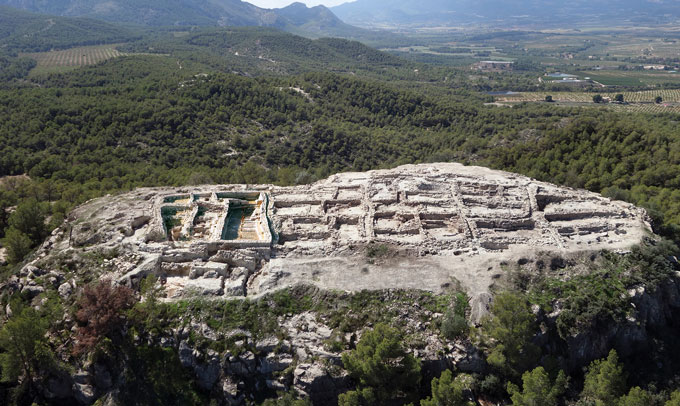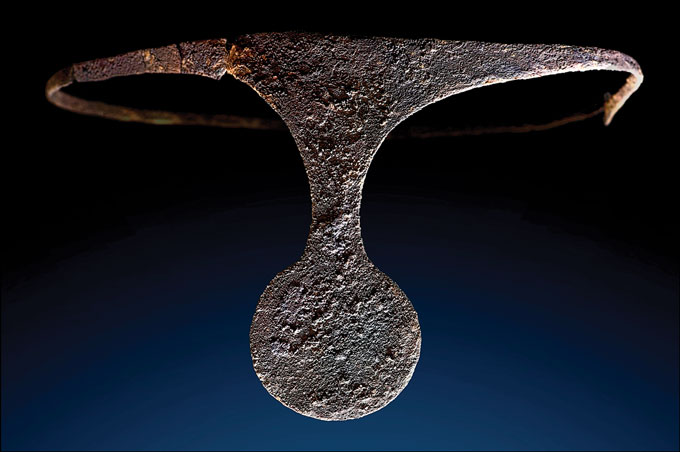Riches in a Bronze Age grave suggest it holds a queen
The find points to a female ruler in Spain 3,700 years ago, bucking the idea only men ruled

A roughly 3,700-year-old grave found beneath the floor of a Bronze Age palace held the remains of a man and a woman surrounded by valuable objects. The woman may have been a queen, researchers suspect.
Grup ASOME/UAB









